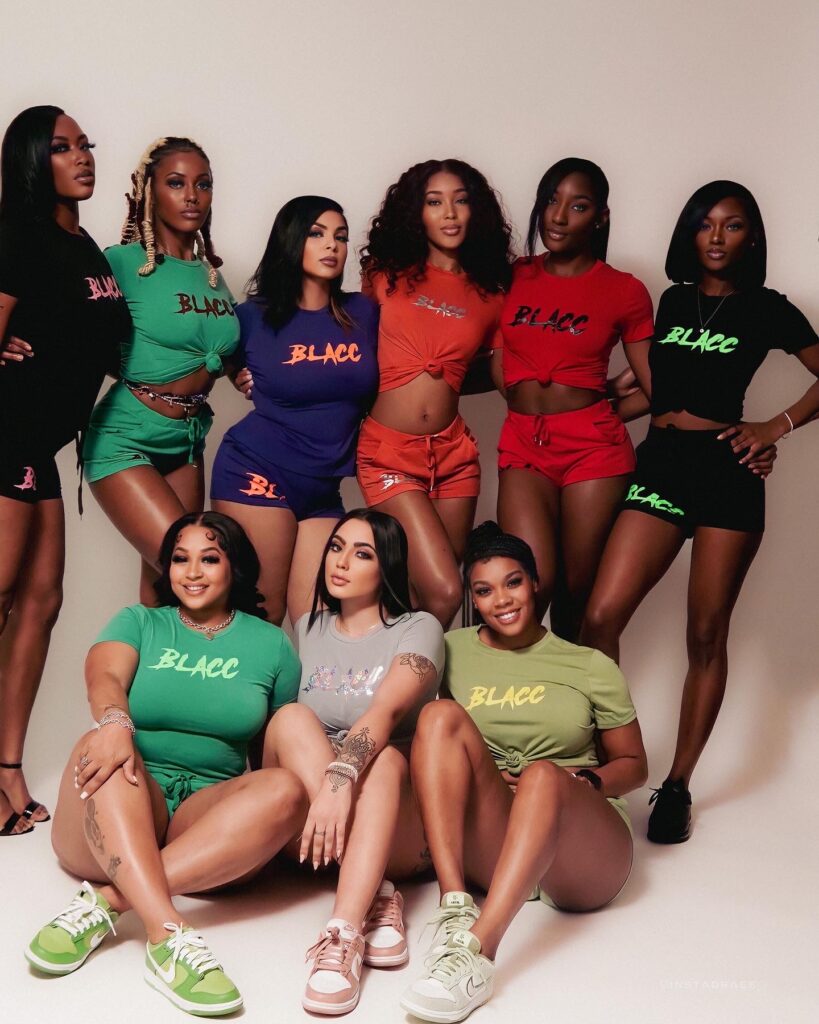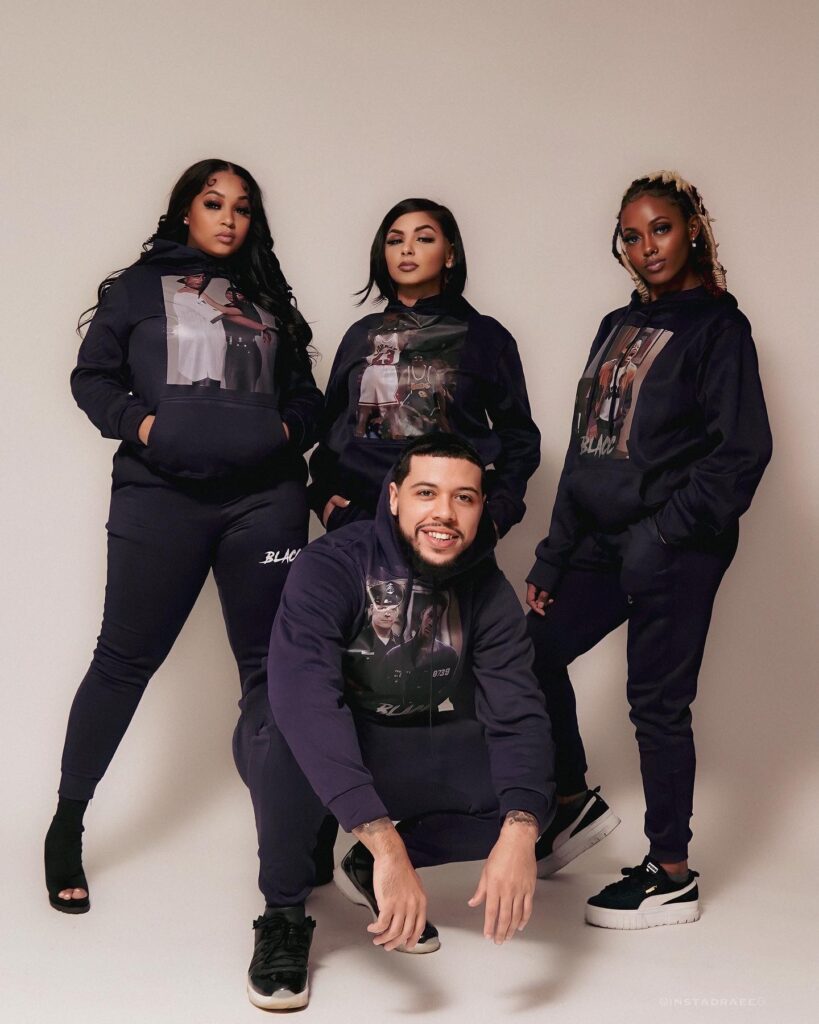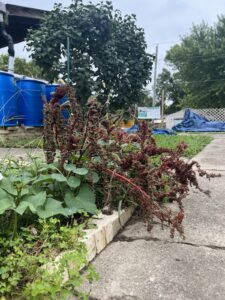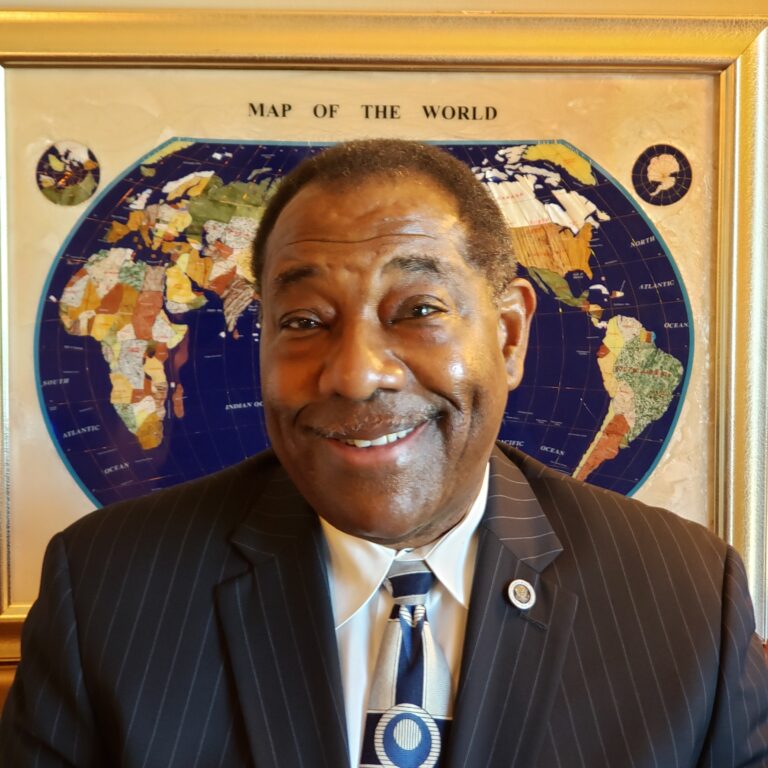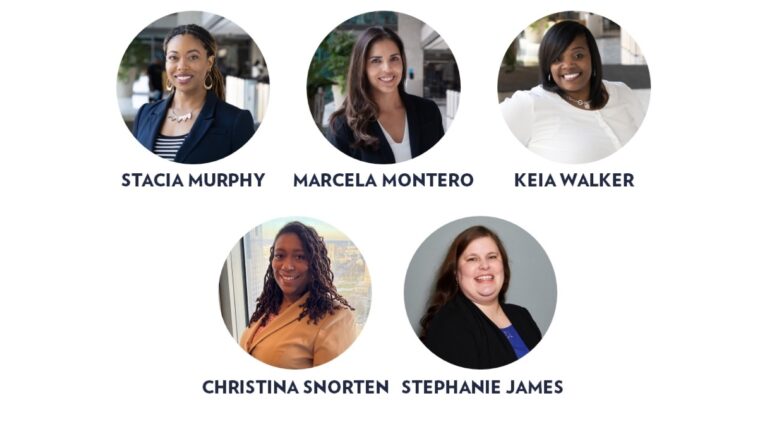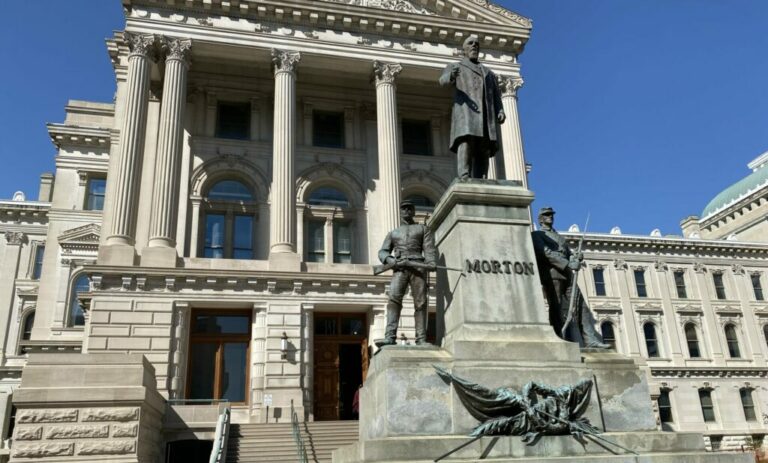The road to entrepreneurship was far from easy for Herd Strategies founder and president, Denise Herd—but that did not stop her. Although her career path ventured into public relations it did not start that way.
Growing up, Herd had an interest in journalism and aspired to become a news anchor. Herd’s interest in news began in high school where she participated in a youth telecommunications program hosted by the Indiana Black Expo.
Herd attended Clark Atlanta University where she majored in broadcast administration. During her time in college, Herd had the opportunity to intern with Columbia Pictures and little did she know this is where she would find her passion.
The internship allowed participants to spend each week of the summer learning about different aspects of motion picture production. The topic for Herd’s first week was public relations. Although Herd had not taken any classes pertaining to the subject, she instantly became fascinated with it and thought to herself “maybe broadcasting isn’t your passion,” Herd said.
It was then that Herd found what she wanted her career to be. What sparked Herd’s interest in public relations was “how dynamic the discipline is,” Herd said.
According to Herd, working in public relations allows her to be a “vehicle for communication,”
“Effective communication is so essential in bringing people together and guiding a message or a narrative is really awesome to me,” Herd told the Recorder. ‘I love the fact that I have the opportunity to shape a narrative and influence opinions.”
Herd was in her last year of undergraduate studies when she found her true passion and knew it would be a stretch to change her major that late into her college journey. So, she decided to finish out her degree in broadcast management.
Although Herd did not have training in public relations at the time, it did not discourage her from pursuing it. Herd’s determination landed her a position working at a public relations company where she was formally trained in the craft and was able to begin her career.
Herd wanted to gain knowledge in business ownership, marketing and teaching on a college level and decided to continue her educational journey at Indiana Wesleyan University where she received her master’s degree in business administration.
While pursuing her master’s degree, Herd started her first public relations company with her business partner at the time. According to Herd the business “dissolved” after three years because both she and her business partner had different goals and visions for the company.
“That passion for entrepreneurship still was burning brightly,” Herd said.
One day Herd was speaking with her parents and during the conversation they encouraged her to start her own business. It was then Herd began the process to start her own public relations firm. That evening, Herd created a business plan and later started Herd Strategies in 2011.
Herd Strategies is a public relations firm that connects businesses to underrepresented and mainstream audiences by providing their clients with branding, marketing and communications expertise services.
Herd noticed in the beginning of owning her business that although she had years of experience in the field of public relations, she still struggled to get business because she did not have credibility established at the time.
Lack of cash flow was another obstacle Herd faced with her business to the point where it was difficult to generate enough income for her bills.
“You go through the struggle where you’re just taking anything to make sure that you can make ends meet,” Herd said. “Eventually the tide does shift but you just have to stay extremely focused and dedicated to your vision.”
It was Herd’s faith in God, perseverance and support system that pushed her to continue her career.
“I think what kept me going was that I knew I could do it; I never thought about giving up,” Herd said.
While attending a holiday party for the National Association of Women Business Owners, Herd was speaking with a friend about the slow growth of her business and her friend encouraged her to keep going; she told her once she got her first contract the others would fall into place.
One year later Herd’s company pursued a significant proposal which she was worried about not getting. She noticed a letter from the company in her mailbox and began to cry because she said, “usually a letter means no,” Herd said. To her surprise the letter was to congratulate her on getting the proposal.
“When that happened, it was like the doors just started opening,” Herd said.
Currently Herd Strategies has eight employees and has worked with companies such as IPS, INDY GO, Newfields, Indy Urban League and IU Health.
In the future Herd wants to expand her business’ services to a statewide level and would like to diversify her clientele.
“There’s no way I’m going to give up, I’m not going to be defeated; failure is not an option,” Herd said.
Contact staff writer Timoria Cunningham at 317-762-7854. Follow her on Twitter @_timoriac.



